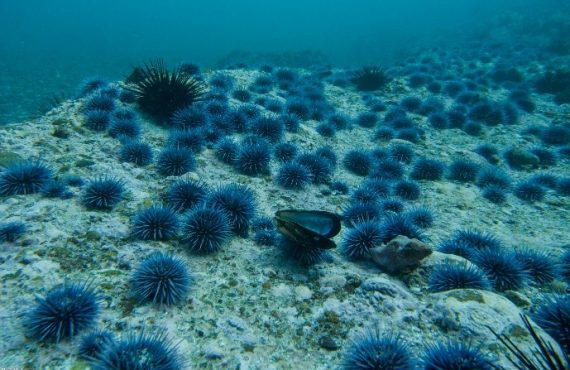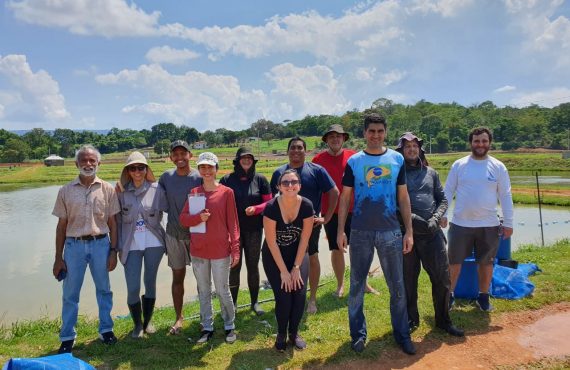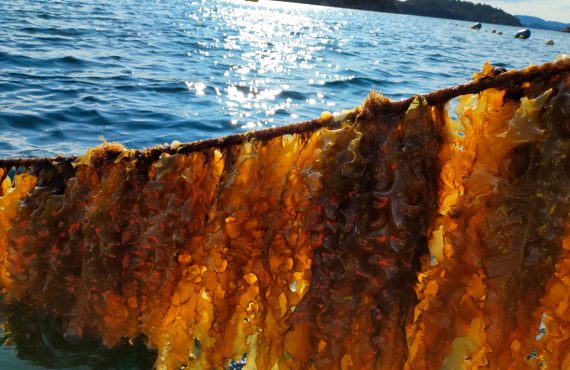Urchin barren in California, USA. Photo by Urchinomics. By Urchinomics Urchinomics helps restore kelp forests by removing overgrazing sea urchins from urchin barrens, ranching them in proprietary aquaculture systems, and converting them into premium seafood. The urchin roe (“uni”) is then sold to top tier distributors, restaurants, and
A novel IMTA feed pellet for abalone. Photos by Emmanuel A. Falade and Marifeed. By Emmanuel A. Falade, PhD student at Rhodes University Abalone (Haliotis midae) aquaculture is South Africa’s largest aquaculture sector and an important socio-economic contributor in several coastal areas. The country now ranks as the
Field work by IVL team focused on native oyster production. Photo: Åsa Strand. Seafood is the future. It is nutritious and healthy and an industry that has enormous growth potential. The new initiative Blue Food – Center for future seafood will make Sweden a leading producer of sustainable seafood, through a
Habitat surveys with Connemara Shellfish Co-Op at Cill Ciaran Bay Co. Galway, Ireland. Photo by Colin Hannon. Author: Colin Hannon, Leader of the work on Hatchery and Seedling Production in AquaVitae. GMIT – Ireland The Irish West Coast offers wildness, remoteness and clean waters. Conditions that are fit for purpose when we
Last month of December AquaVitae partner Empresa Brasileira de Pesquisa Agropecuaria (EmBraPa) organised the kick off meeting of the case study on freshwater finfish. Located in Palmas (Brazil), between the Amazon rainforest and the savanna, the meeting was focused on the aquaculture of tropical fish species tambaqui and pirarucu. Challenges
Low trophic aquaculture on the spotlight in new EU funded project Over 70 scientists and industry professionals from 16 countries gathered in Tromso, Norway to launch the EU funded AquaVitae project. Over the next four years, they will work to increase aquaculture production of low-trophic species in and around the Atlantic Ocean









